Openreach Trial Improves FTTC Broadband Dynamic Line Management
Openreach (BT) is set to launch a new trial next month that will add 12 new speed steps to their Dynamic Line Management (DLM) system for Next Gen Access (NGA) lines, which appears to be focused on UK Fibre-to-the-Cabinet (FTTC / VDSL2) connections. The aim is an increase in average speed without a reduction in stability.
The existing DLM system is used to control the speed and stability of copper broadband lines (ADSL, VDSL, G.fast etc.), which in practice means that your speed may go up or down depending upon how stable / error prone (interference etc.) DLM thinks the line is. At present this uses a number of “speed steps” on the path toward finding the best balance for your line and by adding more steps they can introduce “finer changes to a line’s speeds.”
The public briefing on this trial doesn’t tell us much but our industry sources have been able to elaborate. We understand that the trial will tentatively start on 22nd April 2019 and run for 12 months. During this time Openreach will test the extra speed steps with around 5,000 lines on Huawei based street cabinets (no mention of ECI).
Advertisement
All of the new speed steps appear to be in the FTTC performance ranges and related lines will also have their Caution Counters reset (technically a DLM profile reset) as they enter the trial in order to remove restrictions on their movement (i.e. helping to test the changes). For example, one of the new speed steps is at 37.5Mbps (sitting between 35Mbps and 40Mbps) and most of the new steps have been added between 50Mbps to 80Mbps.
The change may seem quite small but there is clearly the prospect of it resulting in some consumers on “superfast broadband” capable FTTC lines being able to receive a small improvement in download speed. The trial itself is opt-in at ISP level and providers will have the ability to either choose which lines to include, or allow Openreach to pick them.
Separately we note that Openreach has also launched a separate trial (here) to test the impact of retaining a line’s error protection during product moves (migrations), although we haven’t delved into that one yet as it’s of a lower interest.
Mark is a professional technology writer, IT consultant and computer engineer from Dorset (England), he also founded ISPreview in 1999 and enjoys analysing the latest telecoms and broadband developments. Find me on X (Twitter), Mastodon, Facebook, BlueSky, Threads.net and Linkedin.
« Stoke-on-Trent Unveils £9.2m Citywide FTTP Ultrafast Broadband Plan

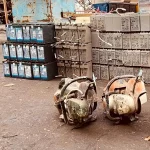
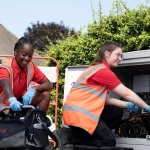

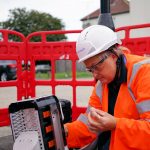
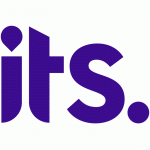

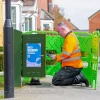

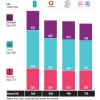








































Comments are closed